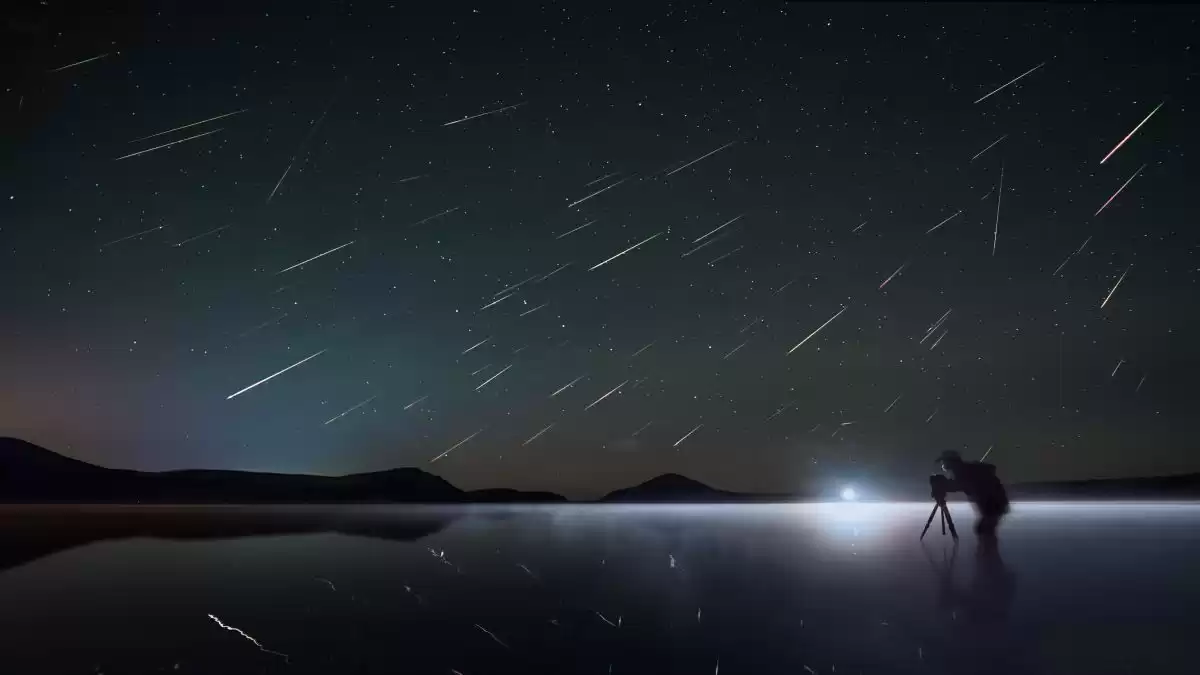Watch Perseid Meteor Shower Tonight: Free Livestream of Telescope Viewing
Watch the Perseid meteor shower live from the comfort of your home with the Virtual Telescope Project's online stream.
Are you disappointed by cloudy skies or light pollution? Well, fear not! The annual Perseid meteor shower is here, and you can witness its spectacular display from the comfort of your own home.
Thanks to the Virtual Telescope Project, you can catch the Perseids' peak using their all-sky camera located in Manciano, Italy. This remote region offers the perfect conditions for observing the famous Perseid meteors, with its dark and unpolluted skies.
Founder and astronomer Gianluca Masi expressed his excitement, stating, "We will be covering the Perseid meteor shower, sharing it live on the night of its peak online!" He also mentioned that this year, the sky conditions will be excellent, with minimal moon interference. The images will be captured from their facility in Manciano, nestled in the Maremma countryside, known for its incredibly dark skies.
The live stream will commence at 9:30 p.m. EDT on Saturday (01:30 GMT on Sunday), perfectly timed with the peak of the meteor shower. You can easily access the livestream on Space.com, courtesy of the Virtual Telescope Project. Alternatively, you can watch it directly on their WebTV page or YouTube channel.
According to the Royal Museums Greenwich, the Perseid meteor shower is active from July 17 to August 24. This celestial event is highly anticipated by meteor enthusiasts worldwide due to its ability to produce up to 100 meteors per hour, including bright fireballs and captivating shooting star displays.
The Perseids derive their name from the constellation of Perseus, as their radiant point, the spot from which the meteors appear to originate, is located within this constellation.
The source of the Perseids is a cloud of debris left behind in the inner solar system by the Comet 109P/Swift-Tuttle. Each summer, as Earth orbits the sun, we pass through this debris field, resulting in the mesmerizing meteor shower. These fragments enter our atmosphere at speeds of up to 130,000 mph (209,000 kph), which is approximately 85 times faster than a jet fighter! The high velocity causes the air in front of the debris to compress and heat up to thousands of degrees. Consequently, larger fragments explode as fireballs, while smaller pieces gradually vaporize, leaving behind a trail of light as they streak through the atmosphere.
If you're eager to witness the Perseids meteor shower firsthand, we recommend checking out our comprehensive guides on the best telescopes and binoculars to enhance your viewing experience.
For those aspiring astrophotographers, we have you covered as well! Take a look at our guide on how to photograph meteor showers, along with our recommendations for the best cameras and lenses for astrophotography. Capture the beauty of the night sky and share it with the world!
Now, with all this information at your fingertips, you can fully immerse yourself in the wonder of the Perseid meteor shower. Don't miss out on this extraordinary celestial event, and remember to appreciate the beauty of the universe right from your own home.











Comments on Watch Perseid Meteor Shower Tonight: Free Livestream of Telescope Viewing